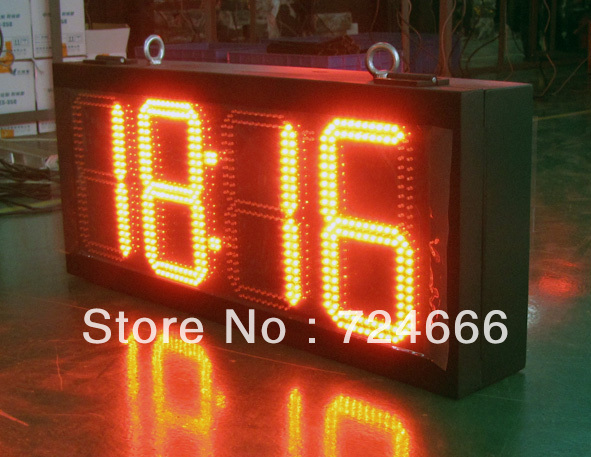

The first step is to measure the sound from the saxophone. A 4000mAh was tested and was capable of powering the saxophone light for non-stop for 3 hours. An alternative solution would be a cylindrical powerbank that could fit inside the bell of the saxophone. The powerbank that is used is a flat one that is attached with Velcro to the outside of the saxophone. The neopixel ring is attached by wire to the mounting. I chose 16 because they produced enough light, were the right size to fit in the saxophone bell and had a power consumption that could easily be met by a small power bank for a whole gig (up to 3 hours). The 16 LED ring is a perfect size though it would be easy to use a different number of LEDs. This is attached by screws to the mounting.įinally, the neopixel ring needs to be attached.
3D CLOCK WITH LEDS CUTOUT ONE PIECE PC
The Pi Zero needs to securely attached inside the mounting and I used an old PCB blanking plate from a PC which I cut to size.

As well as being cheap compared with other options it was small, sufficiently accurate, provided signals that could be used to deduce tone and volume and had a usb connection which was ideal for the Pi Zero. In the end the cheap USB microphone proved more than adequate. The microphone choice resulted in a lot of experimentation using different microphones. I also experimented with a Pi 3B as well as a Pi Pico but settled on the Pi Zero. At the time it was difficult to source Raspberry Pi boards and I had one to spare. I chose a Raspberry Pi Zero 2W as it is low cost, easy to program, is powerful enough to measure the saxophone notes in real time and works well with neopixels. The mounting has to be removable and must not damage the saxophone so I chose some foam and used double sided tape to attach it. It could be 3D printed of course which would enable the mounting for the Pi Zero to be built in (as well as a power bank mounting) that will be a future development. I chose the gutter guard as I had one lying around and it was the right size. The first step is to design the mounting. It can also accommodate the power bank though I decided to mount it on the side of the saxophone just in case it distorted the sound. The saxophone bell has plenty of space to house the Pi Zero, the microphone and the LEDs.


 0 kommentar(er)
0 kommentar(er)
